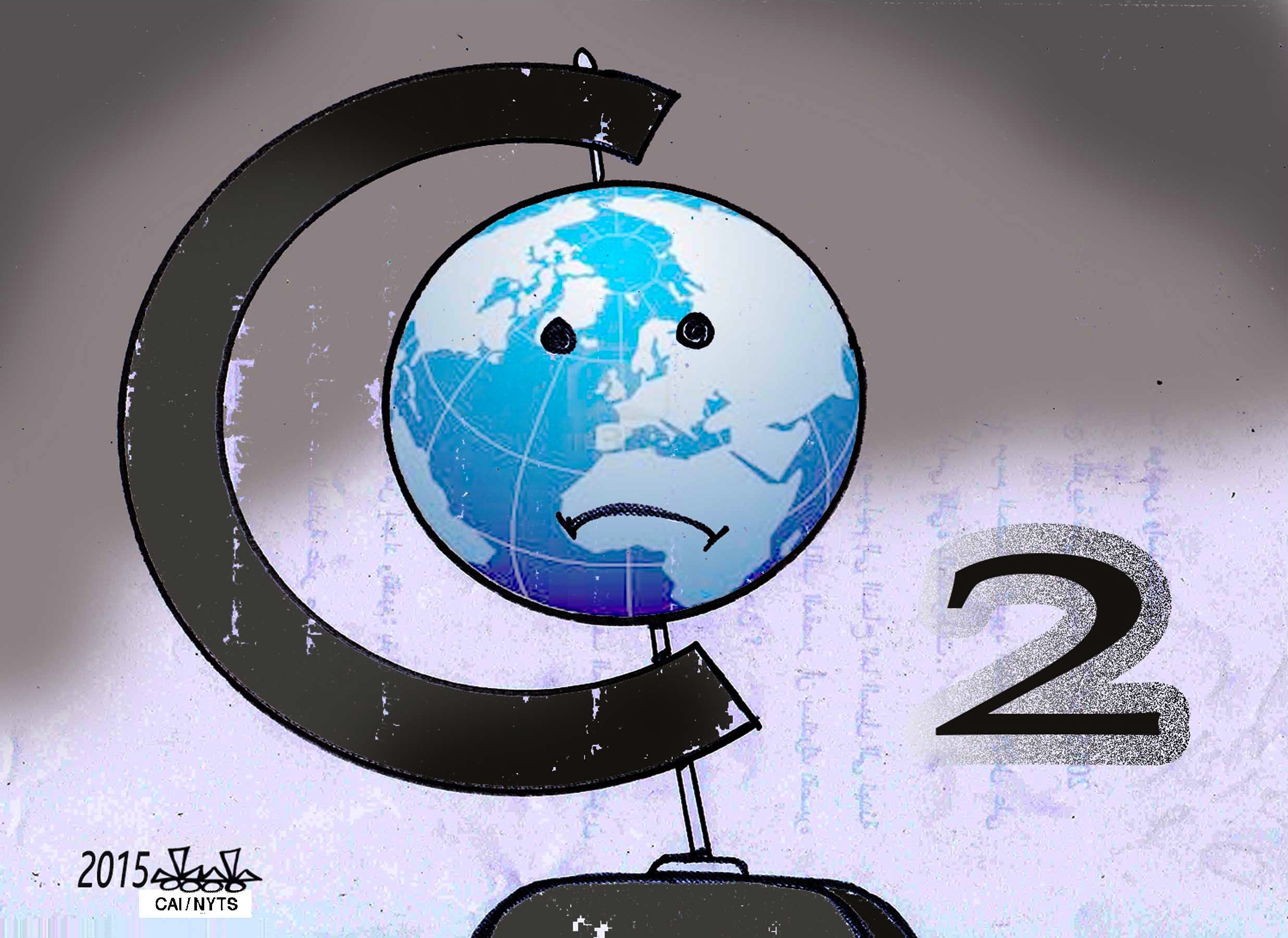The diplomatic effort to forge an international agreement to mitigate climate change is undergoing a fundamental shift. The top-down approach that has guided the effort since 1992 is slowly being replaced by a bottom-up model. Rather than attempting to craft an accord based on legally binding restrictions on greenhouse gas emissions, the new approach relies on voluntary commitments by individual countries to rein in their contributions to climate change.
This is, in one sense, an admission of failure; such an approach is unlikely to limit the rise in global temperatures to less than 2 degrees Celsius, the target set by the United Nations in 2010. But given the slow pace of progress so far, small pragmatic steps by individual countries may be far more productive than attempts to strike a grand bargain that remains forever out of reach.
International negotiators have made significant progress over the last five years, but they are still far away from an agreement that would meet the 2-degree target. As a result, diplomats, fearing that another failed attempt to reach a global accord could discredit the entire negotiating process, have scaled down their ambitions.



















With your current subscription plan you can comment on stories. However, before writing your first comment, please create a display name in the Profile section of your subscriber account page.